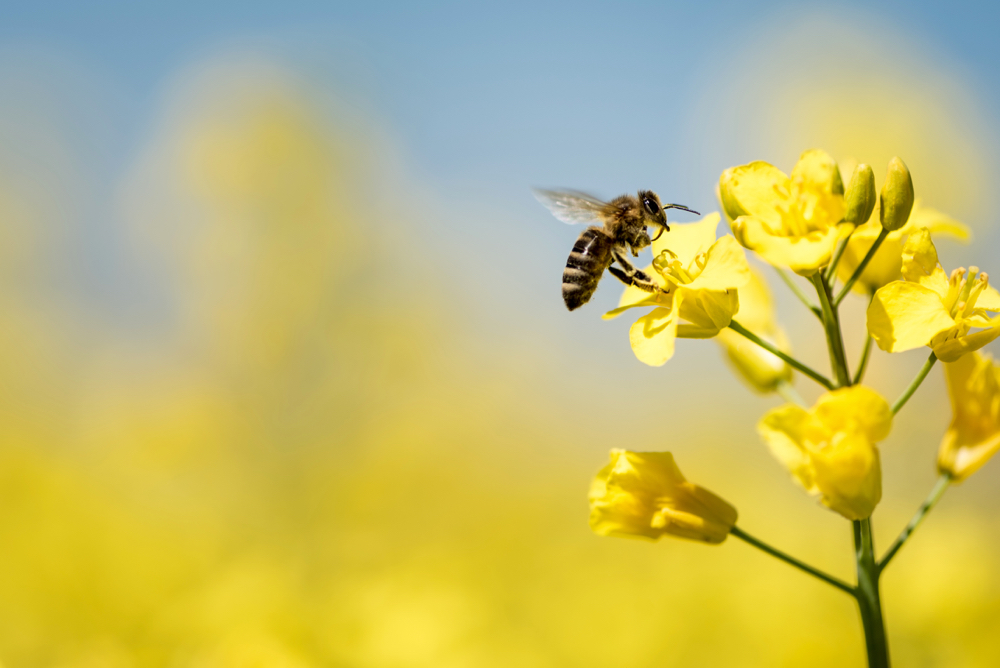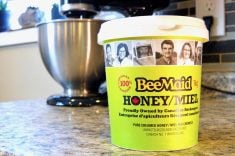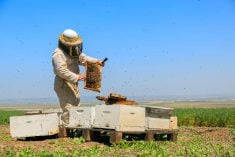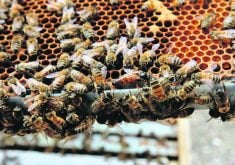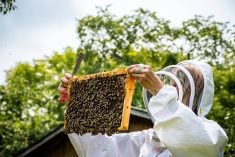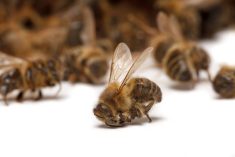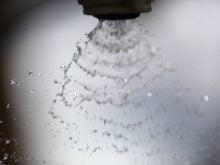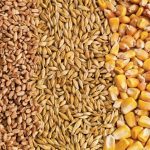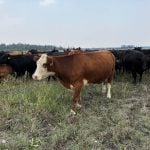Cropland’s encroachment on nature threatens to starve bees and pollinators, beekeeper Ian Steppler told those at a Manitoba Conservation Districts Association conference on December 4.

“Where we find a balance within our countryside between agriculture and nature is where we find tremendous growth and prosperity,” Steppler said.
Why it matters: Bees and other pollinators are vital to crop production in Manitoba, particularly for canola.
Steppler, who is vice-chair of the Manitoba Beekeepers Association, raises cattle and crops near Miami. His honey operation comprises 1,500 hives and produces over 250,000 pounds of honey per year.
As agriculture becomes bigger and more precise, the trees, low areas and other natural obstacles are disappearing from farmland, Steppler said.
“Farmers are able to control all those uncontrollables. In a sense, we have managed the nature right out of the production equation,” he said.
Read Also
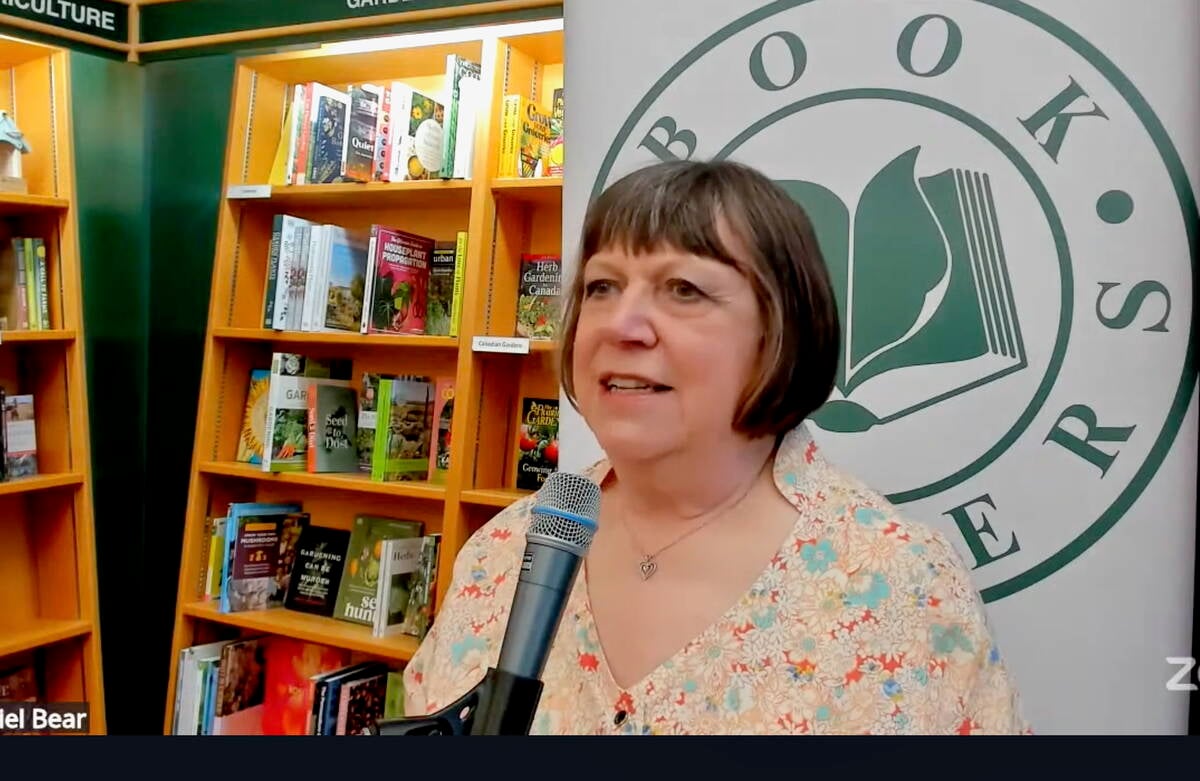
Agriculture remembers Rosalie Tennison
Rosalie Tennison, a Manitoba agricultural journalist and author, has died after being struck by a vehicle in Winnipeg Nov. 21.
The bees need a balanced diet to thrive, Steppler told the group. When he first brings out the hives in spring, the bees are foraging and growing. They find extremely nutritious pollen from willow, poplar, wild plum and maple.
In May when the dandelions come out, the bees supplement this abundant food source with more balanced sources like chokecherry and hawthorn.
This allows the hives to go into summer with large, healthy populations, Steppler said. Once the glut of canola and alfalfa blooms hit, the bees are ready to produce a tremendous crop of honey.
Without the willows and poplar, the bees struggle to get into a reproductive state in the spring.
“Malnourished animals are sickly animals,” Steppler said.
Well-fed bees can withstand low doses of pesticides and poor weather, but a struggling bee is vulnerable, he said.
When the canola starts to bloom, the bees begin to grow, but they miss the bulk of the honey flow. When fall comes, the bees look for pollen from other native flowers so they can build their nests and fatten up for winter.
“Agriculture blooms for one month of the year but extremely intense, and that’s where we beekeepers we get our honey crop. Nature blooms all season long, gradually and planned out, and that’s where we grow and develop and maintain our beehives,” Steppler said.
Steppler told the group his farm is bisected by a large ravine, which would be impossible to plant and makes poor pasture. They leave it untouched. He called it one of the most productive places on his farm because it is priceless to his honey farm.
He called for people to leave buffers around riparian areas. He said there’s opportunity to promote pollinator-friendly plants in pastures (he plants clover in his pastures, he said).
He also said ditches should be managed for pollinators, as these are in a consistent, mile grid all over the countryside.


